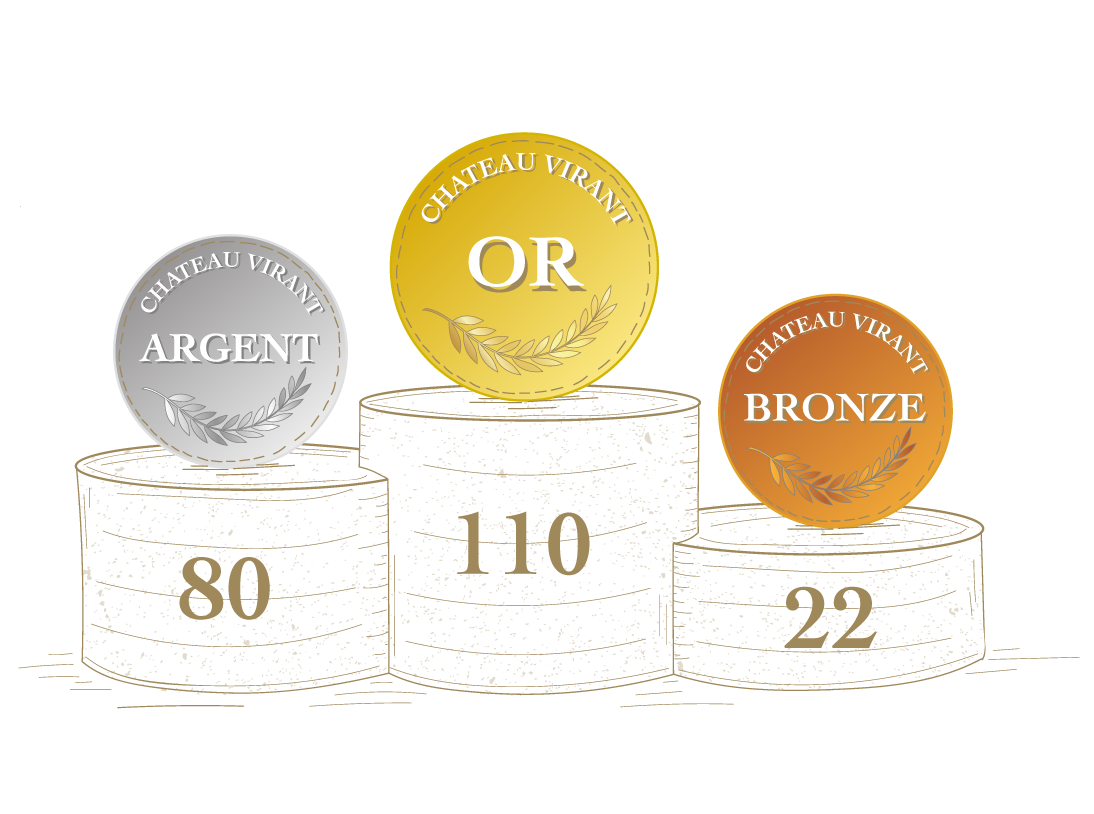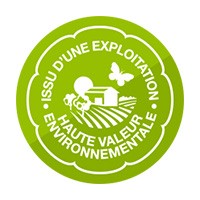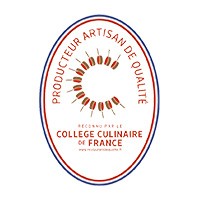What is the wine making process?
Wine making is a process that requires human intervention. Each winemaker uses different techniques to make his wine. The wine making process can be summarized in 5 steps.
- The harvest is the first step of the wine making process. They can be spread over different periods. The grapes harvested will determine the acidity and flavor of the wine, its sugar and alcohol content. Harvesting can be done by hand or with machines.
- Once the grapes are sorted, they are ready to be destemmed and crushed. For years, men and women have done this manually, trampling the grapes. Today, most winemakers do it with the help of a machine. Mechanical presses crush or crush the grapes. This process produces must, which is simply freshly pressed grape juice that contains the skins, seeds and solid debris.
The red wine remains in contact with the must, which allows it to develop its aroma, its color and develop more or less its tannins.
- The must can ferment naturally between 6 and 12 hours with the help of yeasts present in the air. The winemaker can intervene by adding yeasts that bring consistency to the final result. The fermentation will continue until all the sugars are transformed into alcohol.
- Once fermentation is complete, clarification is initiated. This is the method by which the solid residues are extracted. The wine is then transferred to an oak barrel or stainless steel tank. The choice of the contents will give a different and distinct taste to the wine. Then the wine is clarified by fining or filtration. Filtration is when the winemaker adds a filter to trap the larger particles in the wine. Once this step is completed, the wine is again decanted and prepared for bottling.
- The final steps are maturation and bottling.
The winemaker can bottle the wine directly, or age it further.
And, to complete the process, the wines are bottled.








